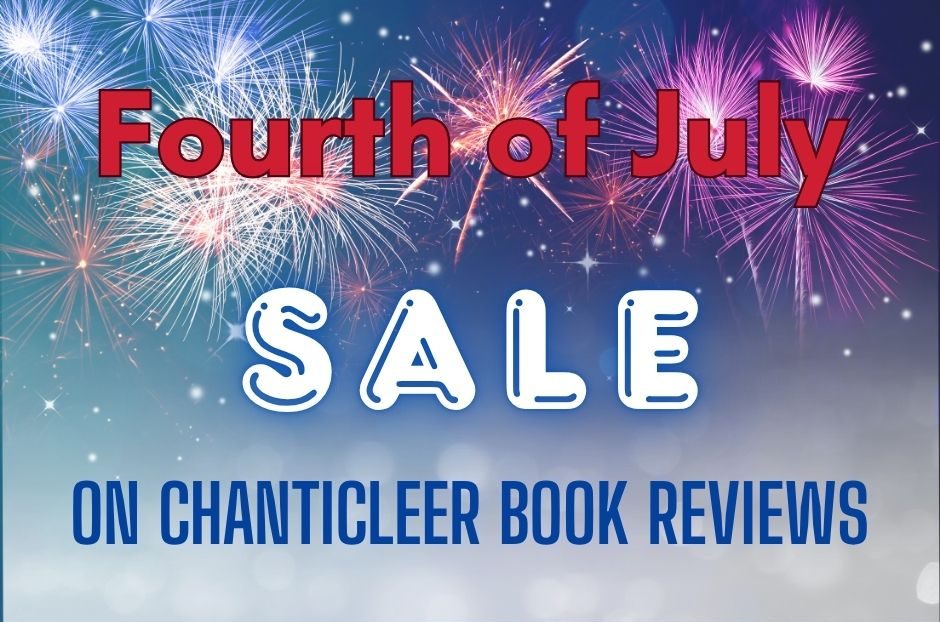|
Listen to or download this article:
|


Jessica Page Morrell
SYNOPSIS Tools Checklist by Jessica Page Morrell Part 2 of a Two-Part Blog Post
Jessica is a top-tier developmental editor. Jessica is teaching the Master Writing Classes at the Chanticleer Authors Conference on Sunday, April 22, 2018.
Here is the second half of a two-part series on How to Write a Synopsis. The first  part deals with synopsis development and the second part will discuss the mechanics of a synopsis.
part deals with synopsis development and the second part will discuss the mechanics of a synopsis.
Here is the link to Part 1:
Part 1 of Jessica Page Morrell’s Writer’s Toolkit series on How to Write a Synopsis
A quick recap of Part One:
A Synopsis Is:
- Part Bare Bones Story Recap (but not too bare)
- Part Pitch
- Part Illustration of Your Writing Style
Every sentence matters and pushes your story forward.
Typically a synopsis completes a sales package that includes your first three chapters and sometimes a letter of introduction. Since at times editors read the synopsis first, it must be comprehensive, comprehensible, and compelling, forcing them to then peruse your chapters. Hopefully, your synopsis will be read not only by an agent and editor but if it passes muster, the marketing and art department will read it too. A synopsis will also be used in the publishing house meetings where decisions are made about what titles will be published in an upcoming season.
SYNOPSIS CHECKLIST
A synopsis is written in the same order as the novel and is written in the style and tone of the manuscript—a witty, fast-paced novel requires a witty, fast-paced synopsis. If the story is literary, your synopsis will be more serious, but keep in mind that your dazzling prose goes into the manuscript, not the synopsis. Don’t leave major questions unanswered such as who killed the victim, as well as how Malcolm solves his internal conflict, and how the subplot was resolved after he lost his job when he was arrested. A synopsis keeps the reader’s interest, but it’s not a tease and is not written with cliffhangers and such devices. It’s particularly important to demonstrate that your ending provides a satisfying conclusion to the plot and ties up loose ends.
A synopsis demonstrates that your characters are in jeopardy and what is at stake and why this matters. It introduces your main characters and their conflicts and agendas. It is not a list of characters or character sketches, and it usually does not describe physical attributes of characters, although the main characters are given some sort of tag. For example, you might want to refer to a character as the leading citizen in a small Southern town, or a respected doctor or frustrated novelist. Antagonists are always introduced, but secondary characters are mentioned only if they are involved with the protagonist’s inner or outer conflict. A synopsis is also written with a careful attention to flow—ideas follow each other logically and one paragraph leads to the next. This means that transitions will be important in connecting the dots.
Is or Does Your Synopsis Questions:
- Is it reflective of a thoughtful writer at work?
- Is it reflective of the mood and tone of the manuscript submitted?
- Does it portray an enthralling story?
- Does it highlight a gripping main conflict?
- Does it highlight the intriguing motivations of the main players?
- Does it lead the reader logically from inciting incident to end with:
- major plot points along the way?
- turning points along the way?
- Does it provide a satisfying conclusion to the plot and ties up loose ends?
- Does it connect the dots and progress logically?
Mechanics
- Write the synopsis in the present tense
- The first time you introduce a character, type his or her name in ALL CAPS
- The synopsis should be written in the same order as the novel
- The synopsis should be written in the same style, tone, and pace of the manuscript
HEADER PAGE should be single-line spaced
- On the first page in the upper-right hand corner write Synopsis
- The next line should state the type of Genre
- The next line should state the Word Count
- The left-hand margin first line should state your name followed by your contact information (digital, voice, and delivery address)
- Do not number your first page
TITLE PAGE
Don’t number your first page, but scroll down to about one-third of the page and center your title in ALL CAPS. Then leave four lines after the title and begin with your hook.
BODY of MANUSCRIPT FORMATTING
- Use 1-inch margins
- Do not justify the right margin
- After the first page use a header (or slug line) on the upper left-hand corner that looks like this: MORRELL/DOOMED FOR DEATH/Synopsis
- The page number goes on the same line as the header
- Do not use fancy fonts
- Remember that you are summarizing, not copying
- Begin a new paragraph if you are introducing a new scene or plot twist
- You may want to note one or two short dialogue exchanges to illustrate a point
- Rule of thumb for spacing: over two-pages, double-spaced is preferred; if it’s one or two pages, single space
LENGTH
Since most agents and editors are notoriously pressed for time and read so much for their jobs, the five-page synopsis is appreciated by most. However, in the past, the wisdom about length went like this: one double-spaced page of synopsis for each 10,000 manuscript words. If you wrote an 80,000-word manuscript you’d write an 8-page synopsis.

Finally, here’s a checklist that you might want to use to verify that you’ve covered all these points:
- Have you printed it out and then edited it for spelling, grammar and punctuation mistakes?
- Does the opening paragraph contain a hook that raises a question and forces the reader to keep reading?
- Does the synopsis prove that the story is based around a single, dramatic question?
- Have you shown the protagonist taking charge of events, making choices and decisions, but also stumbling and dealing with internal conflict?
- Have you introduced your main characters and defined their conflicts, desires, and motivations? Are the protagonist’s dominant traits demonstrated?
- Have you covered the major scenes and plot points?
- Are reversals, twists, and surprises depicted?
- Is the setting and timeframe of the story clear?
- Does the synopsis include the places in the story where the protagonist changes? If your characters are changing, are you briefly explaining why?
- Have you shown the protagonist’s darkest moment that comes near the end of the story? Does he or she hit bottom or is there a moment of truth? Are emotional or internal changes evident during this dark moment?
- Is the ending revealed and does it clarify how the main conflicts are resolved? Have you briefly explain what the protagonist has won or lost?
Resources: Jack and Glenda Neff and Don Prues, authors of Formatting & Submitting Your Manuscript, suggest double spacing.
LINKS and other INFO
Instructional and Insightful Books by Jessica Page Morrell to add to your Writer’s Toolkit. Click here.
Click here if you would like more information about Jessica Morrell’s Master Writing Classes that will be held on Sunday, April 22, 2018, Bellingham, Wash.
Click here for information about the 2018 Chanticleer Authors Conference.
Click here for Jessica Page Morrell’s website.








Leave A Comment